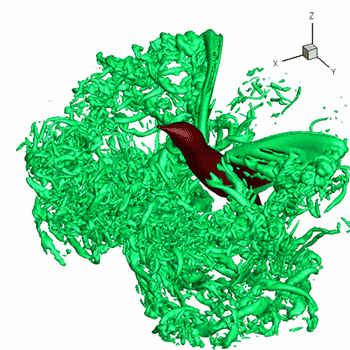How do you find the vertical, horizontal or slant asymptotes for #g(x)=( -2x+3)/( 3x+1)#?
1 Answer
The VA is the value of x that makes the denominator =0 while the HA is coefficient of the x in the numerator divided by the coefficient of the x in the denominator.
Explanation:
The VA of a rational function is found by setting the denominator equal to zero and solving for x.
There are three rules for finding the HA. If the degree of the denominator is greater than the degree of the numerator, then the HA is x=0. If the degree of the numerator and denominator is the same, then the HA is x = coefficient of numerator divided by coefficient of denominator. If the degree of the numerator is greater, there is no HA. There would be a slant or oblique asymptote instead.
In this case, the degree of the numerator = the degree of the denominator, so the HA is
This function does not have a slant asymptote. A slant asymptote occurs only when the degree of the numerator is greater than the degree of the denominator.
Note: "degree" means the highest exponent.

